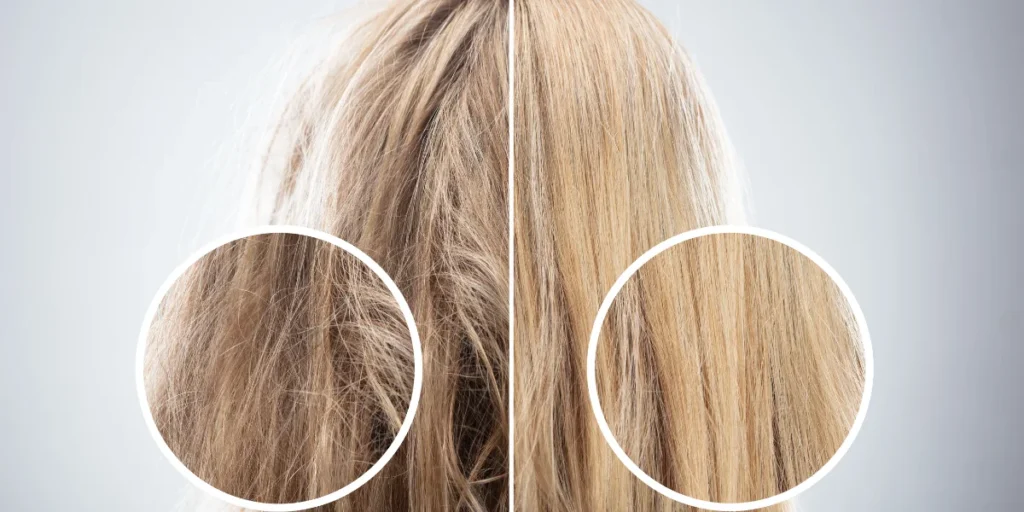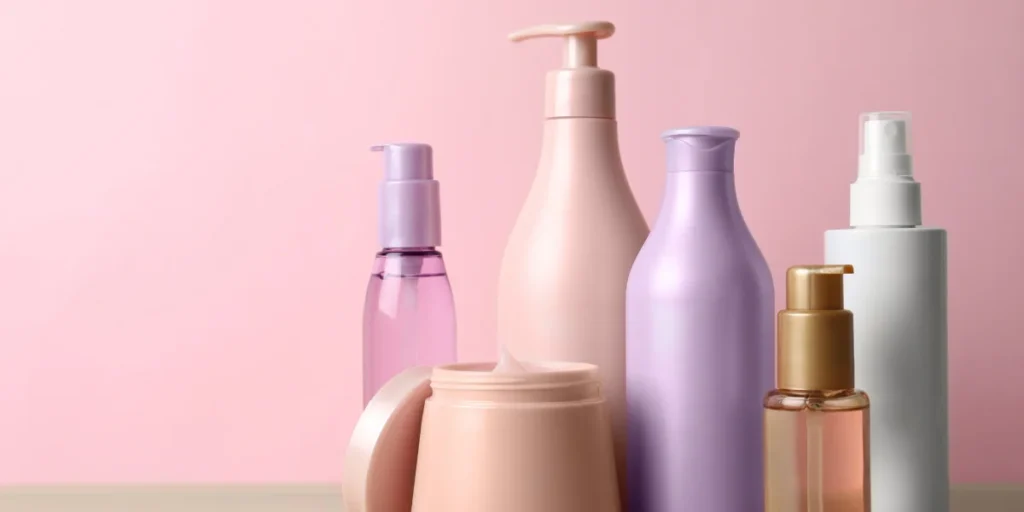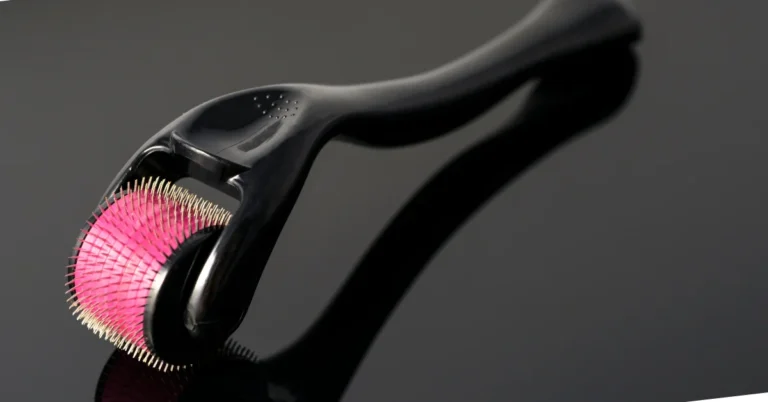Preventing Hair Breakage: Effective Haircare Tips
Hair breakage can be a frustrating and common issue, leading to frizzy, damaged locks. However, with the right haircare routine and techniques, you can minimize breakage and promote healthier, stronger hair. In this comprehensive guide, we’ll explore a variety of effective haircare tips to help you reduce breakage and achieve luscious, resilient locks.

Understanding Hair Breakage:
It occurs when the hair shaft becomes weak and brittle, leading to strands breaking off prematurely. This can be caused by a variety of factors, including excessive heat styling, over-processing with chemicals, harsh hair treatments, environmental damage, and improper care techniques.
Understanding the root causes of breakage is essential for implementing targeted solutions to prevent further damage. Dandruff vs dry scalp can also exacerbate hair breakage if left untreated, making it crucial to address scalp health as part of any comprehensive hair care regimen.
Key Factors Contributing to Hair Breakage:
1. Heat Styling:
Excessive use of heat-styling tools such as flat irons, curling wands, and blow dryers can weaken the hair shaft and lead to breakage. High temperatures can cause the moisture within the hair to evaporate, leaving it dry and prone to breakage.
2. Chemical Treatments:
Hair treatments such as bleaching, coloring, and perming can strip the hair of its natural oils and protein, causing it to become fragile. Over-processing with chemicals can damage the hair’s structure and increase the risk of breakage.
3. Environmental Damage:
Exposure to environmental factors such as sun exposure, pollution, and harsh weather conditions can damage the hair cuticle, making it more susceptible to breakage. UV radiation from the sun can weaken the hair’s protein structure, leading to dryness and breakage.
4. Poor Haircare Practices:
Rough handling of hair during washing, brushing, or styling can lead to breakage. Using hair accessories with metal clasps or rubber bands can cause friction and breakage. Brushing wet hair or using a brush with harsh bristles can also contribute to breakage.
5. Over-Washing and Under-Moisturizing:
Washing hair too frequently can strip away natural oils, leaving it dry and prone to breakage. Failure to replenish moisture with regular conditioning treatments can further weaken the hair shaft, increasing the risk of breakage.
6. Nutritional Deficiencies:
A lack of essential nutrients, such as protein, vitamins, and minerals, can weaken the hair and make it more prone to breakage. Poor dietary choices or restrictive diets can contribute to hair breakage and overall hair health.
7. Genetics and Hormonal Factors:
Genetic factors can influence hair texture, density, and strength, affecting its susceptibility to breakage. Hormonal imbalances, such as those experienced during pregnancy or menopause, can also impact hair health and contribute to breakage.
Effective Haircare Tips for Reducing Hair Breakage:
1. Use a Gentle Shampoo:
- Opt for sulfate-free and moisturizing shampoos that are gentle on the hair and scalp.
- Look for products enriched with hydrating ingredients such as argan oil, coconut oil, and shea butter to nourish and strengthen the hair.
2. Condition Regularly:
- Follow up with a hydrating conditioner after shampooing to replenish moisture and improve the elasticity of the hair.
- Focus on applying the conditioner to the mid-lengths and ends, avoiding the roots to prevent weighing down the hair.

3. Limit Heat Styling:
- Minimize the use of heat styling tools and opt for air-drying whenever possible to reduce heat damage.
- When using heat styling tools, apply a heat protectant spray or serum to create a protective barrier and minimize damage.
4. Protect Your Hair at Night:
- Use a silk or satin pillowcase to reduce friction and prevent breakage while sleeping.
- Alternatively, wrap your hair in a silk scarf or bonnet to protect it from damage caused by friction against cotton pillowcases.
5. Trim Regularly:
- Schedule regular trims every 6-8 weeks to remove split ends and prevent further damage.
- Trimming the hair regularly helps maintain its health and vitality, reducing the risk of breakage.
6. Avoid Tight Hairstyles:
- Refrain from wearing tight hairstyles such as tight ponytails, braids, or buns that pull on the hair follicles and cause stress and breakage.
- Opt for looser styles to minimize tension on the hair shaft.
7. Be Gentle When Wet:
- Wet hair is more susceptible to breakage, so handle it with care when washing and detangling.
- Use a wide-tooth comb or a detangling brush to gently remove knots and tangles, starting from the ends and working your way up to the roots.
8. Nourish from Within:
- Maintain a balanced diet rich in essential nutrients such as protein, vitamins, and minerals to support healthy hair growth and reduce breakage.
- Incorporate foods such as salmon, eggs, nuts, and leafy greens into your diet to nourish your hair from the inside out.
Additional Tips for Preventing Hair Breakage:
1. Deep Condition Regularly:
- Incorporate deep conditioning treatments into your haircare routine to provide intense hydration and repair damage.
- Use a nourishing hair mask or treatment once a week to keep your hair soft, smooth, and resilient.
2. Protect Your Hair from the Sun:
- Wear a hat or use a UV-protectant hair spray when spending prolonged periods in the sun to shield your hair from UV damage.
- UV radiation can weaken the hair cuticle and contribute to dryness and breakage, so it’s essential to protect your hair from sun exposure.
Verdict:
By incorporating these effective haircare tips into your routine, you can minimize hair breakage and promote stronger, healthier hair. Remember to be consistent with your haircare regimen and patient with the results, as improvements may take time. With dedication and proper care, you can achieve luscious, resilient locks that are less prone to breakage and damage.






